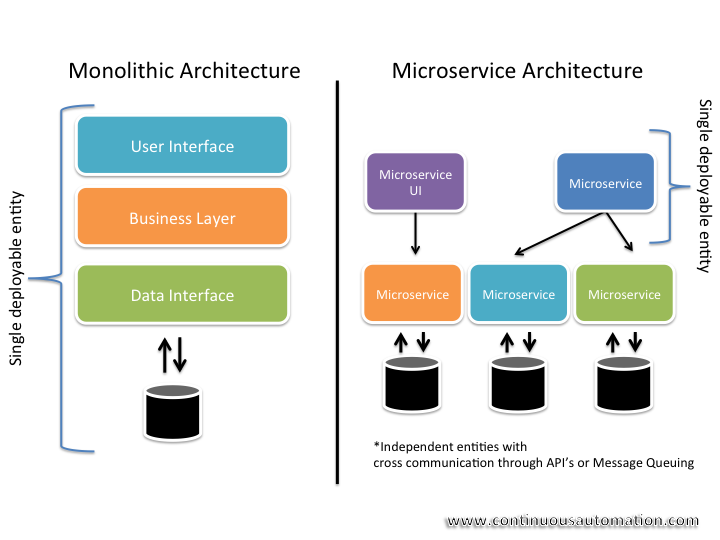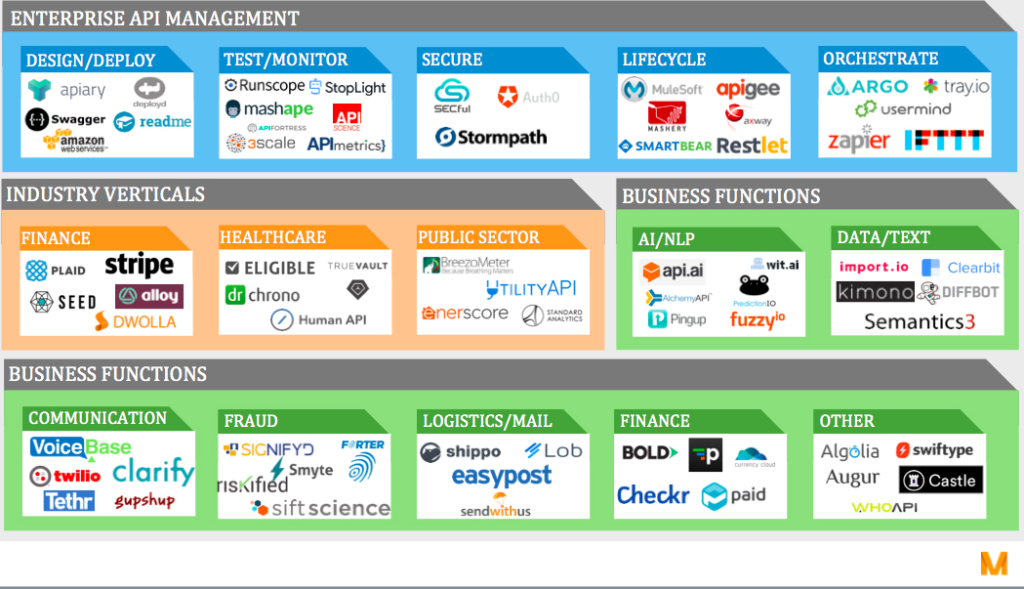Introduction
Since the explosion of SaaS applications there have been a lot of innovation in the area of APIs which provide an important interaction between application functionalities.
The main idea around microservices is that, in general, applications tends to become easier to develop when they are treated as modules. Considering that, each piece is developed separately, being the application a composition of all parts working together. It opposes the traditional development where the application is considered a ‘monolithic’ entity.
That way, developers can focus on their own core business while other specialists provide the components needed, which will be accessed through APIs.

How it works
In general, a microservice provide an API endpoint commonly (but not exclusively) through a stateless REST API which can be accessed via HTTP as a traditional webpage. So, consuming those services is easy, as they only require tools and methods that developers are already familiar with.
Benefits
When applications components are splitted, development time is optimized as they are produced concurrently. Besides that, modules created with this thought in mind are easier to be reused in other contexts/applications.
Resilience appears as an additional advantage as components can be spread into multiple servers or even various data centers. In case of a component failure, you can quickly replace it while the rest of application can continue to work as expected.
Scaling become more efficient too, because you can focus on most demanding parts rather than simply duplicating the entire application.
Examples
There are several players in various areas, as one can see in the image below:

Conclusion
Microservices demands a conceptual change in IT departments towards a DevOps culture, in which development and operations teams work aligned to support an application through its lifecycle, and go through a fast or even continuous release cycle rather than a traditional long one.
Though they are not a silver bullet, microservices must be considered when architecting a new application or refactoring an old one.

